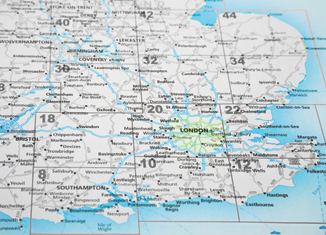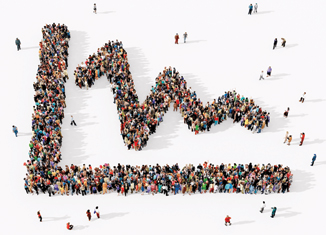Knight Frank recently released the Q2 2016 figures for the 55 property markets included in its Global House Price Index (GHPI). Overall, the Index increased by 4% in the year to June 2016.
Kate Everett-Allen, international residential research at Knight Frank, says: "Over recent quarters Turkey, Sweden and New Zealand have occupied the top positions in our Global House Price Index whilst key Asian markets have dominated the lower ranks. This quarter is no different."
The top three in the Index are Turkey, New Zealand and Canada with annual price growth in the year to end-Q2 2016 of 13.9%, 11.2% and 10% respectively. However, Everett-Allen says that the extremes are moderating, adding that "the percentage points separating the strongest and weakest performing housing markets have narrowed from 33 points in Q3 2015 to 23 points this quarter."
She concludes that "our index tracks nominal price growth but if we consider real price growth, where inflation is stripped out, New Zealand finds itself in first place with 11% annual growth whilst Turkey - with inflation in excess of 7% - is pushed down into 13th position."
While inflation is important for a property investor, as long as it does not go high enough to endanger cashflow if too heavily leveraged, then inflation is a good thing, increasing equity and reducing the relevance of mortgage debt. Of far more importance to international property investors is currency exchange rates and in this article we will combine the annual price rises for the 55 countries in the Knight Frank Index with the 12 month currency moves against Sterling, to find out where UK property investors that bought last summer have made the most money and where they would be better off buying today, compared to a year ago. When we factor in the foreign exchange (FX) swings into our GHPI the gap between top and bottom widens from 23% to 49%.




















